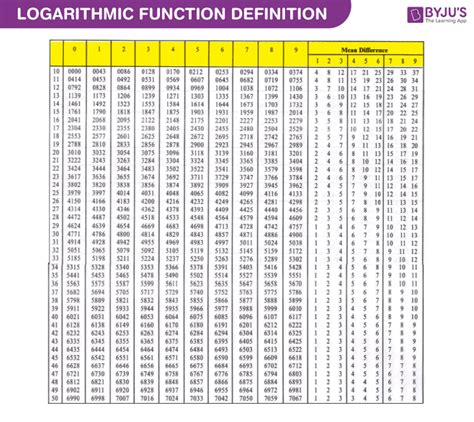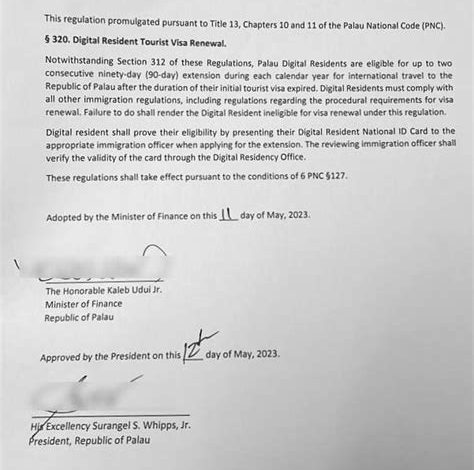In mathematics, a logarithmic function is a function that takes a positive real number as input and returns the exponent to which a fixed positive base must be raised to produce that number. The logarithm of a number to a given base is the power to which the base must be raised to produce the number. Logarithmic functions are widely used in various fields of science, engineering, and finance.

Types of Logarithmic Functions
The two most common types of logarithmic functions are the natural logarithm and the common logarithm. The natural logarithm, denoted as ln(x), has a base of e (Euler’s number), which is approximately equal to 2.71828. The common logarithm, denoted as log(x), has a base of 10.
Properties of Logarithmic Functions
Logarithmic functions have several important properties that make them useful in a wide range of applications. These properties include:
- Monotonicity: Logarithmic functions are strictly increasing for x > 0. This means that as x increases, so does ln(x) and log(x).
- Invertibility: Logarithmic functions are invertible, with the inverse function being the exponential function. This means that for every y = ln(x), there exists an x = e^y.
- Product Rule: ln(xy) = ln(x) + ln(y)
- Quotient Rule: ln(x/y) = ln(x) – ln(y)
- Power Rule: ln(x^n) = n * ln(x)
Applications of Logarithmic Functions
Logarithmic functions have numerous applications in various fields, including:
- Science: Logarithmic functions are used in many scientific fields to model exponential growth or decay phenomena. For example, the radioactive decay of an element can be modeled using a logarithmic function, where the amount of remaining radioactive material decreases exponentially over time.
- Engineering: Logarithmic functions are used in engineering to model a wide range of phenomena, such as the attenuation of sound waves or the flow of fluids in pipes.
- Finance: Logarithmic functions are used in finance to model the growth of investments and the calculation of interest rates. For example, the compound interest formula uses a logarithmic function to determine the interest earned on a deposit over a period of time.
Creative New Applications of Logarithmic Functions
In addition to the traditional applications mentioned above, logarithmic functions can also be used in new and creative ways to solve problems in various fields. One such application is in the field of data science, where logarithmic functions can be used to transform highly skewed datasets into more normally distributed datasets. This transformation can improve the accuracy of machine learning models and make it easier to identify patterns and trends in the data.
Conclusion
Logarithmic functions are a versatile and powerful tool that have a wide range of applications in science, engineering, finance, and other fields. The properties of logarithmic functions make them particularly useful for modeling exponential growth or decay phenomena, solving equations, and transforming data. As research and innovation continue, new applications of logarithmic functions are likely to emerge, further expanding their impact on our understanding of the world and our ability to solve complex problems.
Table 1: Logarithmic Functions and Their Properties
| Logarithmic Function | Base | Properties |
|---|---|---|
| ln(x) | e | Strictly increasing, invertible, product rule, quotient rule, power rule |
| log(x) | 10 | Strictly increasing, invertible, product rule, quotient rule, power rule |
Table 2: Common Logarithmic Equations
| Equation | Solution |
|---|---|
| ln(e^x) = x | x |
| log(10^x) = x | x |
| ln(xy) = ln(x) + ln(y) | x, y > 0 |
| ln(x/y) = ln(x) – ln(y) | x, y > 0 |
| ln(x^n) = n * ln(x) | x > 0 |
Table 3: Applications of Logarithmic Functions in Science
| Field | Application |
|---|---|
| Physics | Modeling radioactive decay |
| Chemistry | Modeling the pH of solutions |
| Biology | Modeling population growth |
Table 4: Applications of Logarithmic Functions in Engineering
| Field | Application |
|---|---|
| Electrical Engineering | Modeling the attenuation of sound waves |
| Mechanical Engineering | Modeling the flow of fluids in pipes |
| Chemical Engineering | Modeling the reaction rates of chemical processes |











